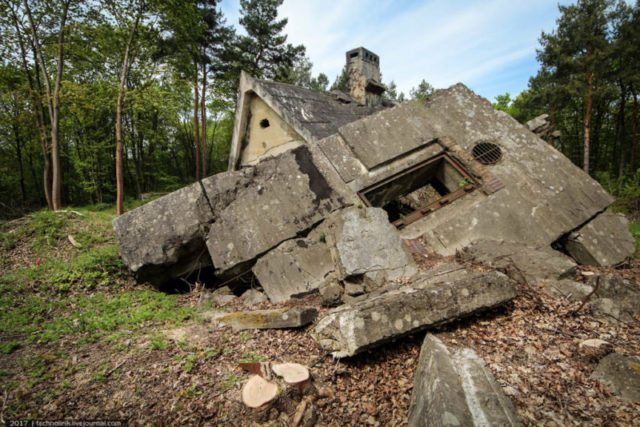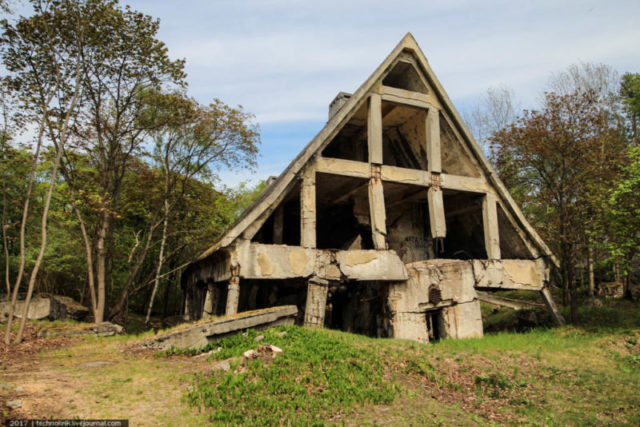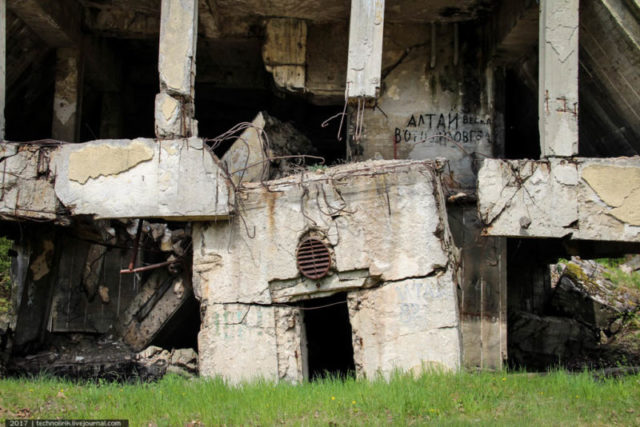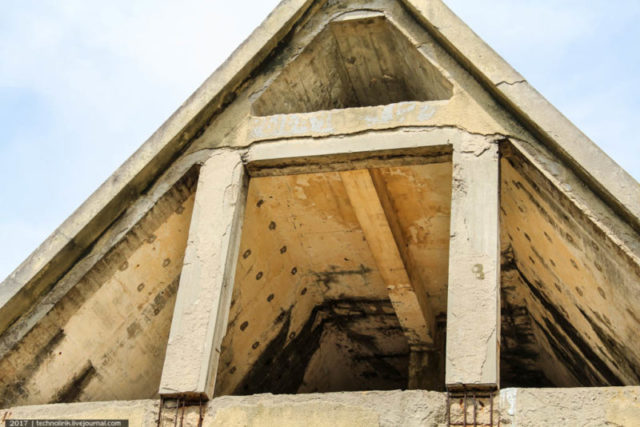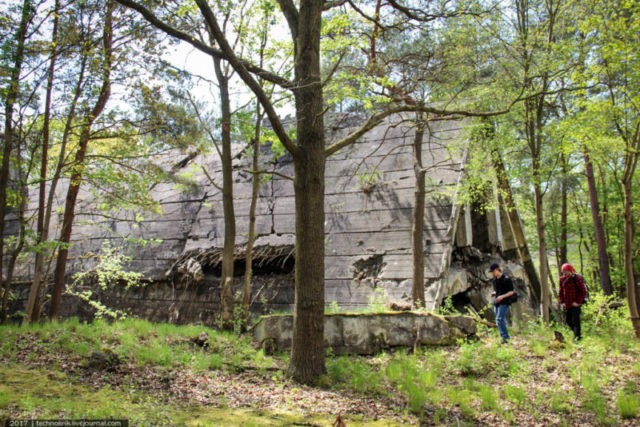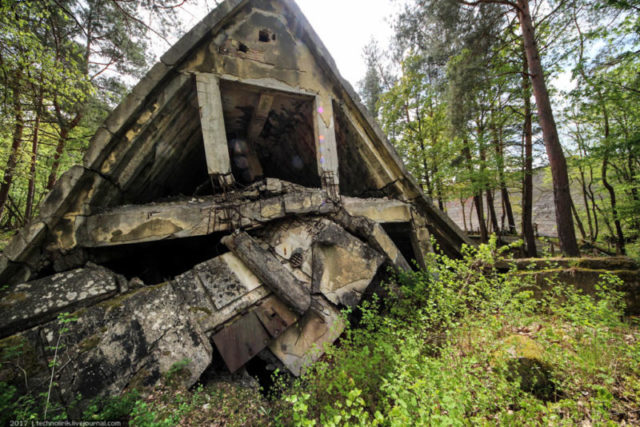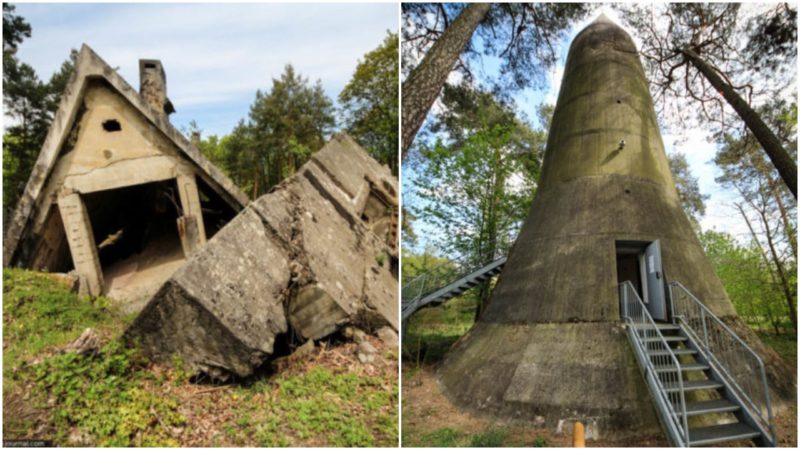Wünsdorf is a small town 25 miles south of Berlin. It is known as Bunker Town for a reason. Three large bunker complexes built during the Third Reich, seven surviving Winkel-type air-raid shelters and a number of Soviet bunkers built both inside the town itself and in the surrounding forests are located here.
This area carries a military significance that goes back to the times of Kaiser Wilhelm II, when the first military facility – a shooting range – was established here.After the Nazis came to power, the area became a military facility of uttermost importance. The Wehrmacht headquarters were moved here, and an underground communications center Zeppelin was built, the main communications network of the Third Reich.
After the Second World War, the area was occupied by Soviet forces. In 1953 it was decided to make it the headquarters of Soviet military forces in Germany. Wünsdorf was the biggest Soviet military camp outside the USSR, and as many as 75,000 people were based in the area, not just troops, but their families as well.
Now let’s take a walk through Bunker Town, passing by Winkel-type towers and Maybach I bunker cpmplex, where the High Command of the Army (OKH) was stationed during World War II. A huge thank you to technoliri for the amazing photos and information!
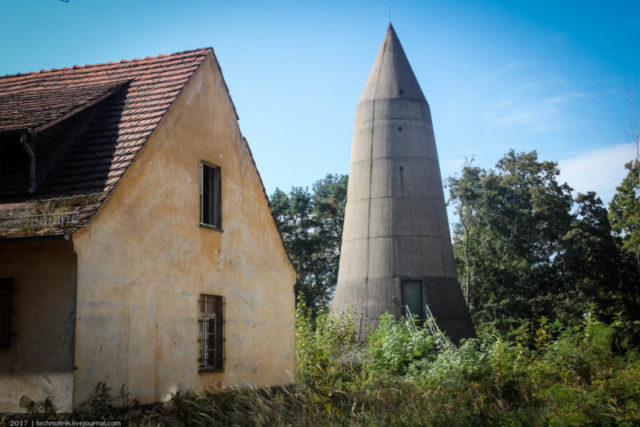
The first structures along our way are the Winkel-type air-raid shelters which resemble rockets.
These concrete shelters were developed in 1934 by the German engineer Leo Winkel. They were relatively inexpensive and reliable, so the design was in demand. Between 1936 and 1941, more than a hundred of these “concrete cigars,” as they came to be known, were built throughout Germany.
One of the seven surviving towers is a museum and for a small fee anyone can visit and see what the bombproof shelter looks and feels like inside.
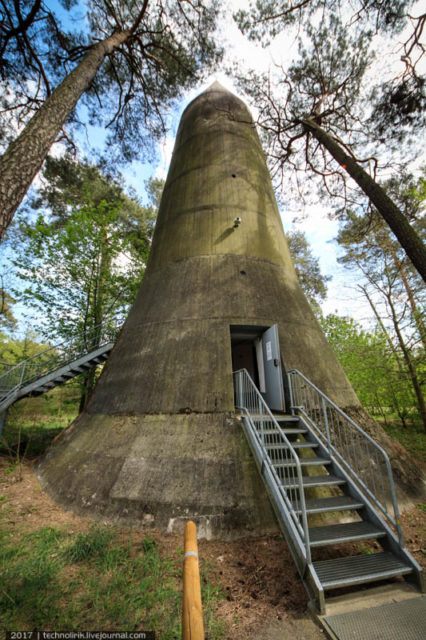
The shelters were so effective because of their unusual shape. If a tower were to be hit directly by a bomb, its smooth circular walls would deflect it so the bomb would ricochet without detonating. In the whole history, there is only one case when a Winkel-type shelter was destroyed by a direct hit.
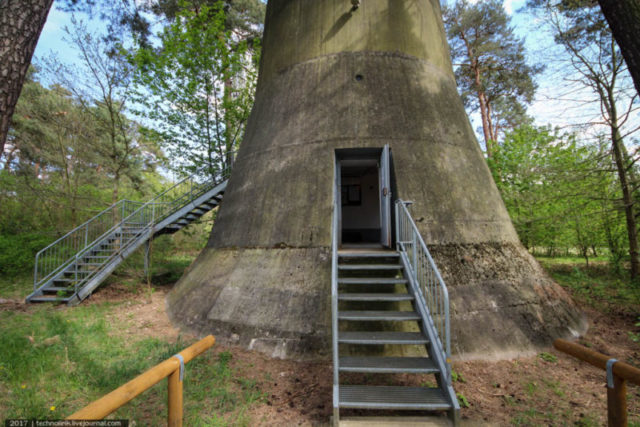
Inside the museum tower:
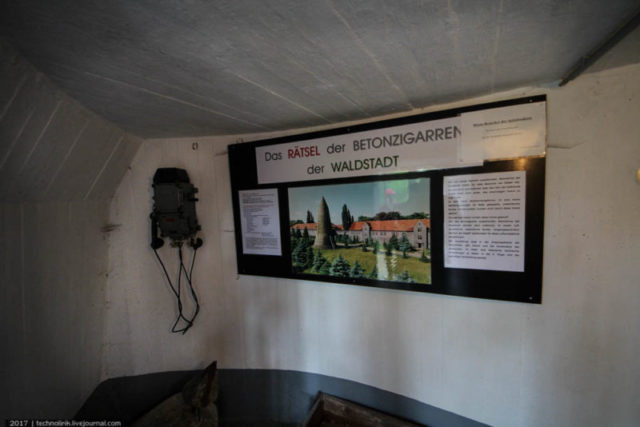
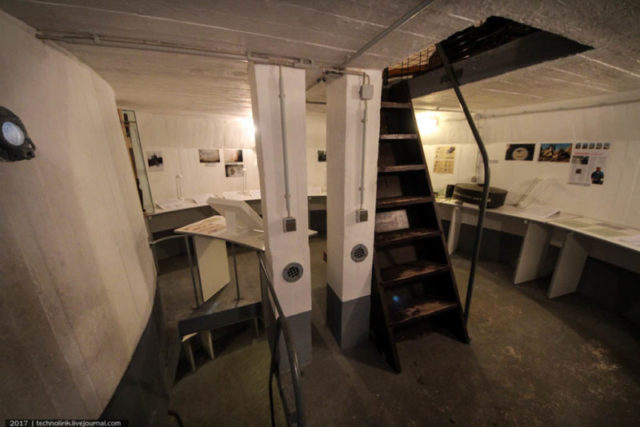
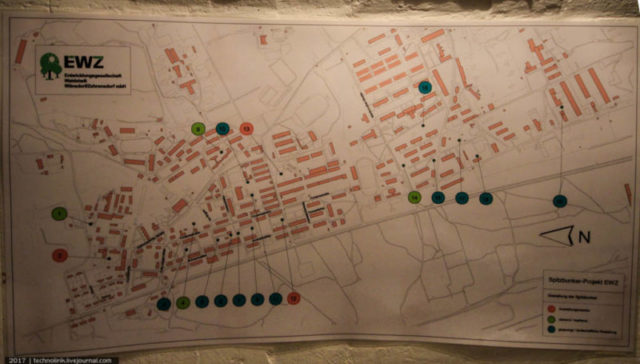
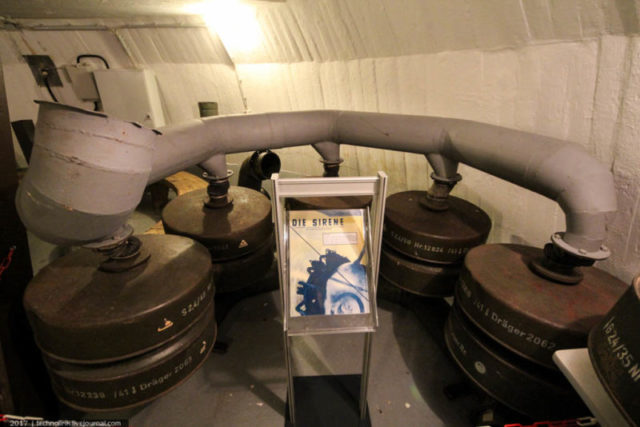
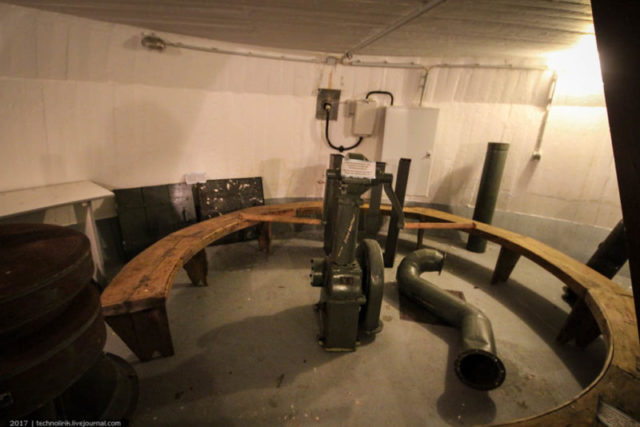
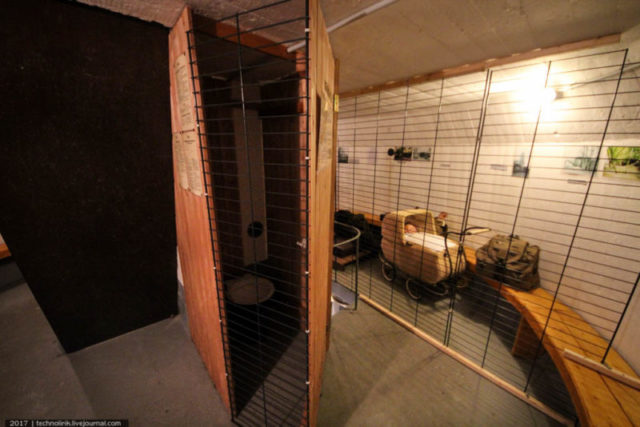
The model of the shelters that were built in Wünsdorf was the Type 2 Winkel shelter. Each tower was designed to provide safety for 315 people.
The towers were 23 meters high, wall thickness variable from 2.8 meters at the base to 0.8 meters on the top floor. The height of the ceiling at all floors expect the last was at 1.98 meters, the last floor was 2.75 meters high. The tower even had an autonomous water supply system.
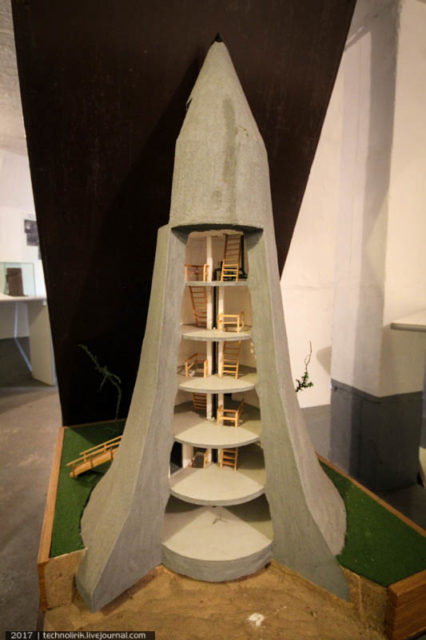
Other surviving Winkel-type shelters:
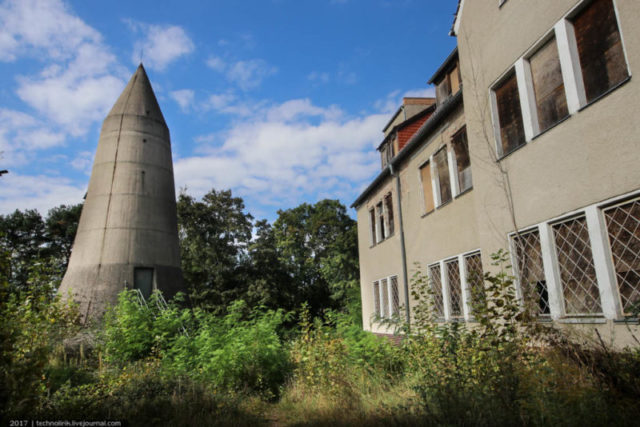
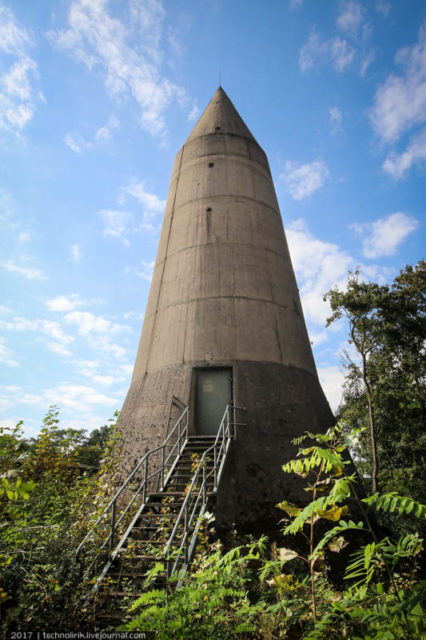
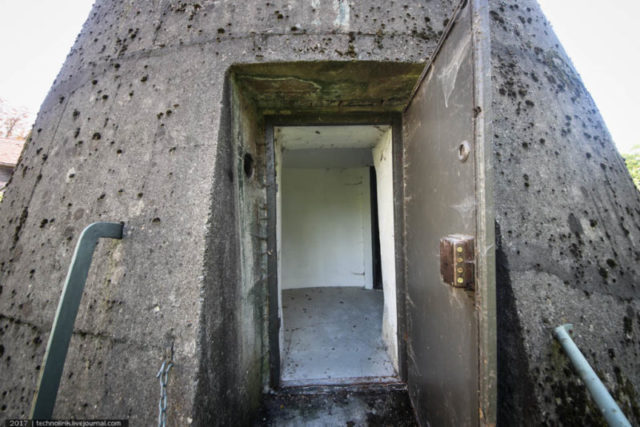
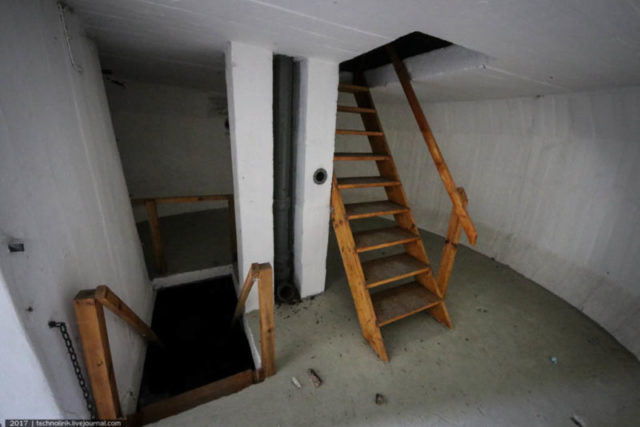
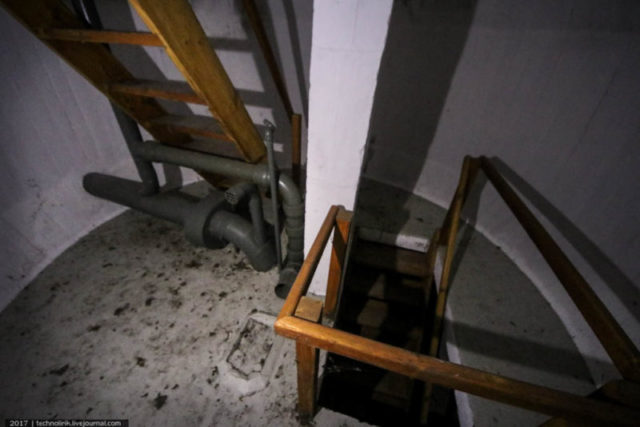
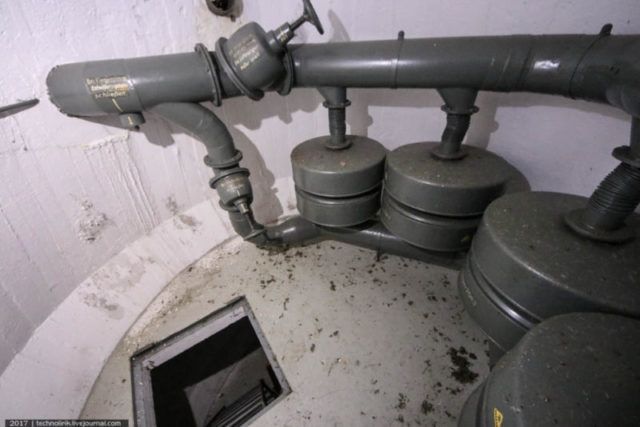
Let’s hop inside this huge abandoned building near one of the tower shelters. Its purpose is unknown.
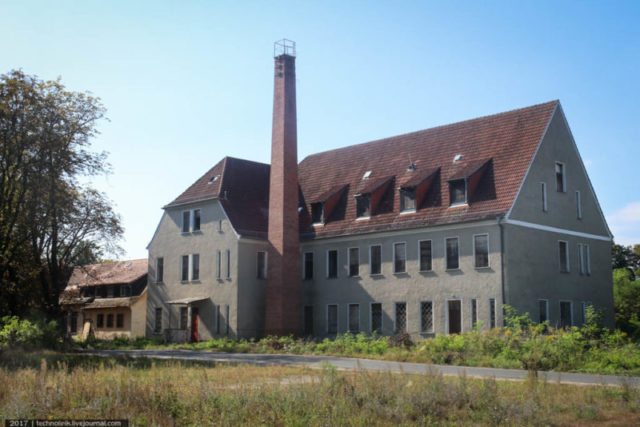
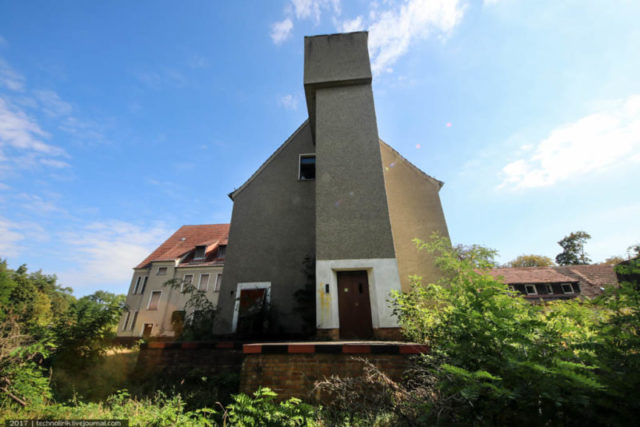
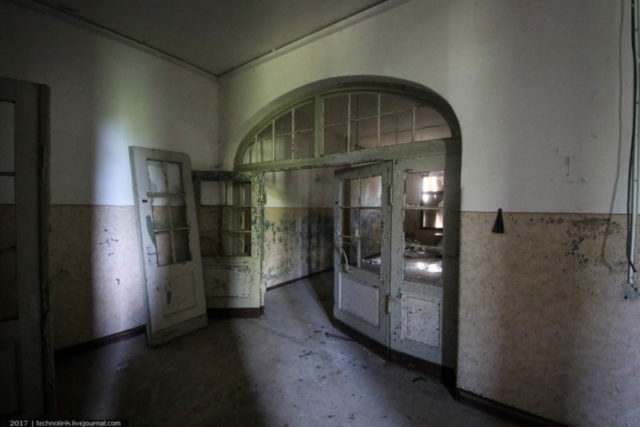
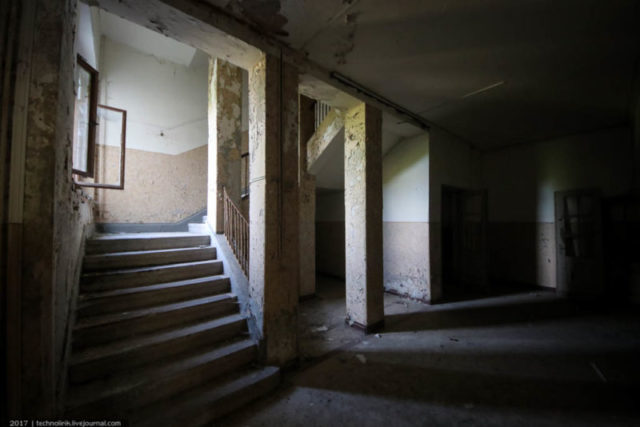
Since the mid-1930s, the Third Reich has been actively preparing for war. Wünsdorf were to be “the brain” of the Wehrmacht. The main governing bodies of the German army were stationed here in the Maybach I and Maybach II bunker complexes. The Supreme Command of the Wehrmacht (OKW) was stationed in Maybach II while Maybach I housed the High Command of the Army (OKH).
Today we are taking a walk around the Maybach I complex, which is better preserved.
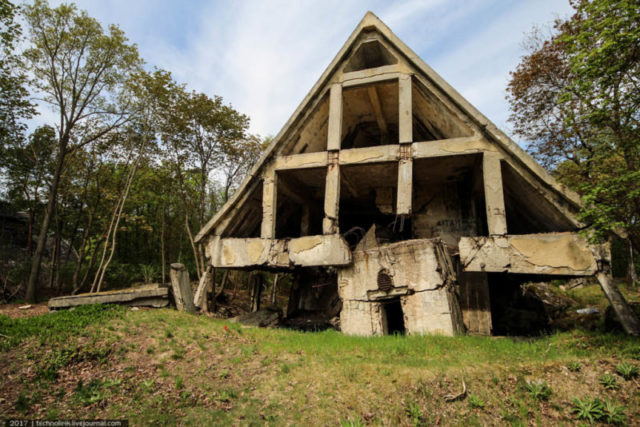
Construction of the Maybach I bunker complex began in 1937, originally intended as an extension of army headquarters at nearby Zossen. Works were carried out throughout the whole day in two 12 hour shifts. Over 2,000 workers were involved daily in the construction of the facility.
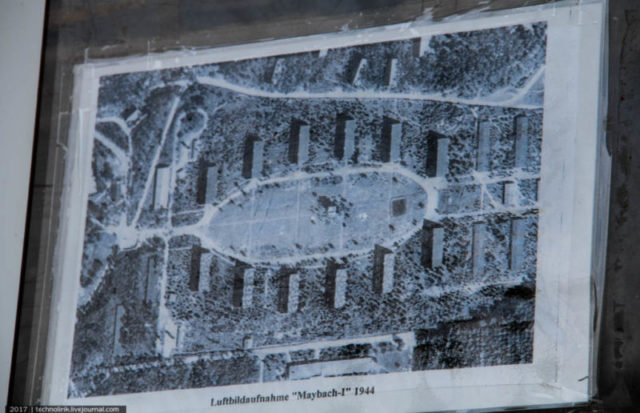
The bunker complex was finished in 1939. It was made up of 12 bunkers all connected with a system of underground corridors, and also connected by an underground passage and pneumatic mail to the nearby Zeppelin bunker, the central communications unit of the Third Reich. Maybach bunkers were camouflaged as village houses with high triangular sloping roofs.
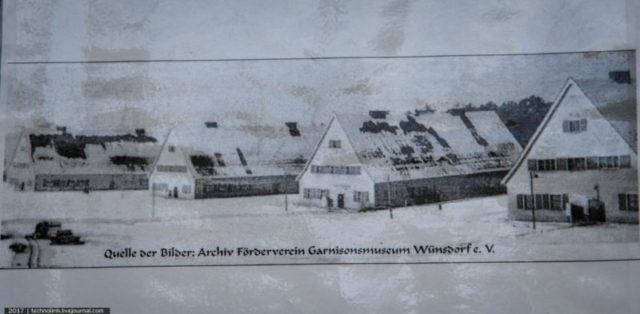
Each bunker was 36 by 16 meters. Above ground it was 15 meters high, but there were underground floors which went 9 meters deep. Each bunker had 5 floors – three above ground and 3 underground. The lowest floors had exits into the 600-meter ring passage connecting all bunkers.
All of Third Reich’s military operations, from the invasion of Poland in 1939 until April 20, 1945, when the command center was abandoned, were coordinated from here.
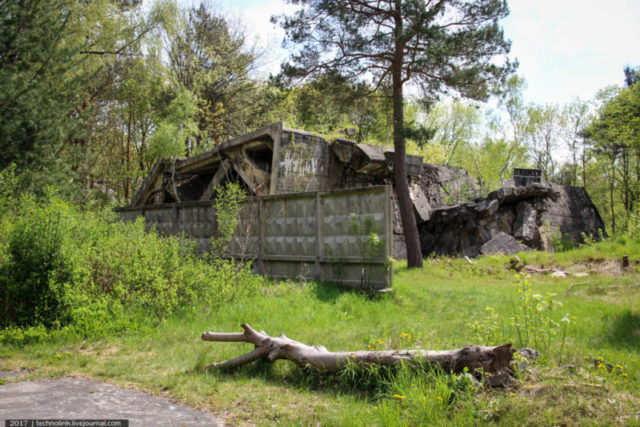
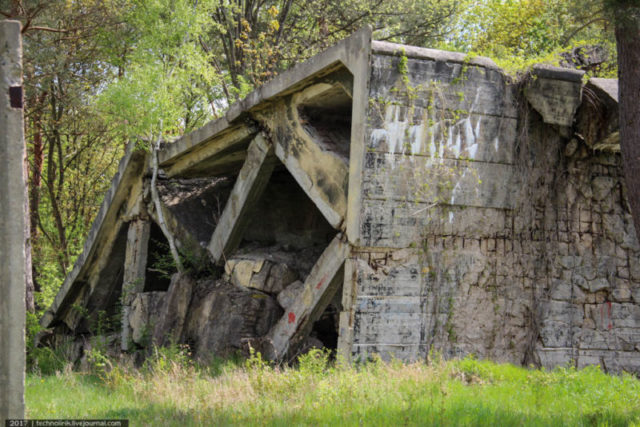
After the bunkers were captured by Soviet forces, all valuable equipment was dismantled and taken to the USSR. Between 1946 and 1948, in accordance with the directive No. 22 of the Allied Supervisory Board, the Maybach bunker complexes were blown up by Soviet sappers as part of the program to demilitarize Germany.
Despite this, Maybach I retained much of its original appearance, showing just how durable and solid the structure really is.
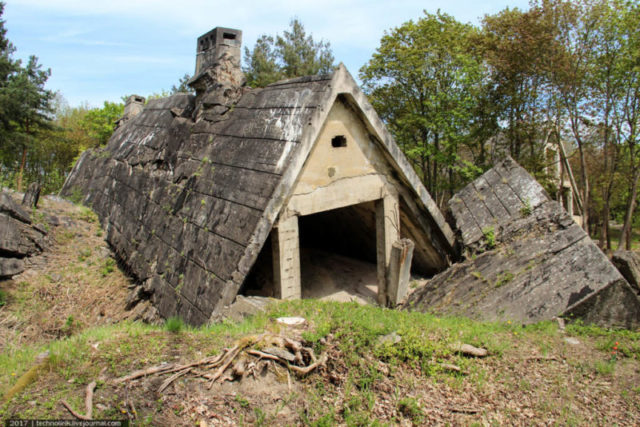
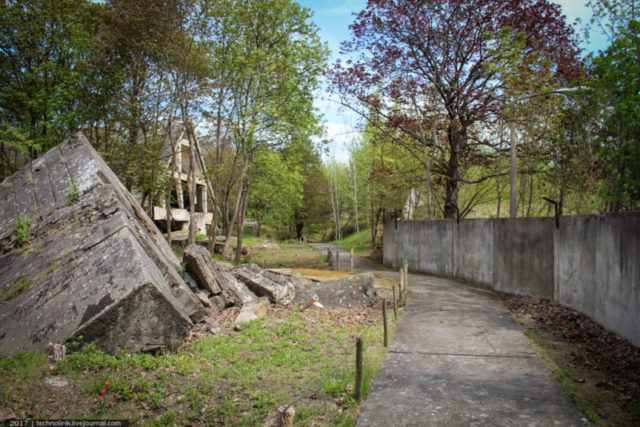
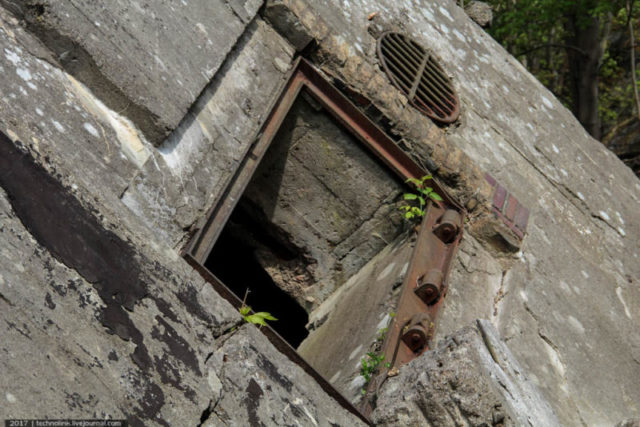
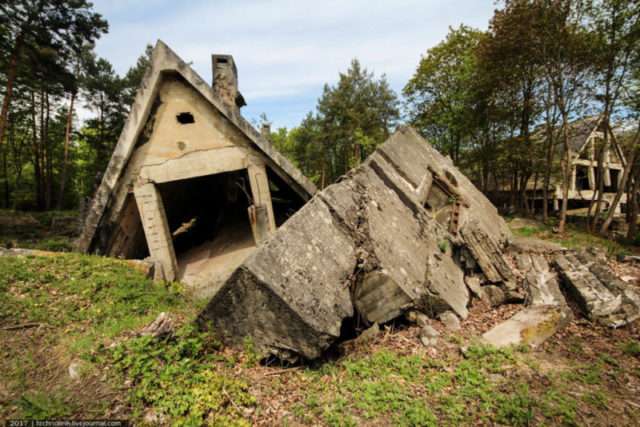
For decades, the remains of the Maybach bunkers were accessible only to Soviet troops, since they were located inside the territory of an active Soviet military camp.
Only after the troops withdrew in 1994 did Maybach I become open to the general public.
